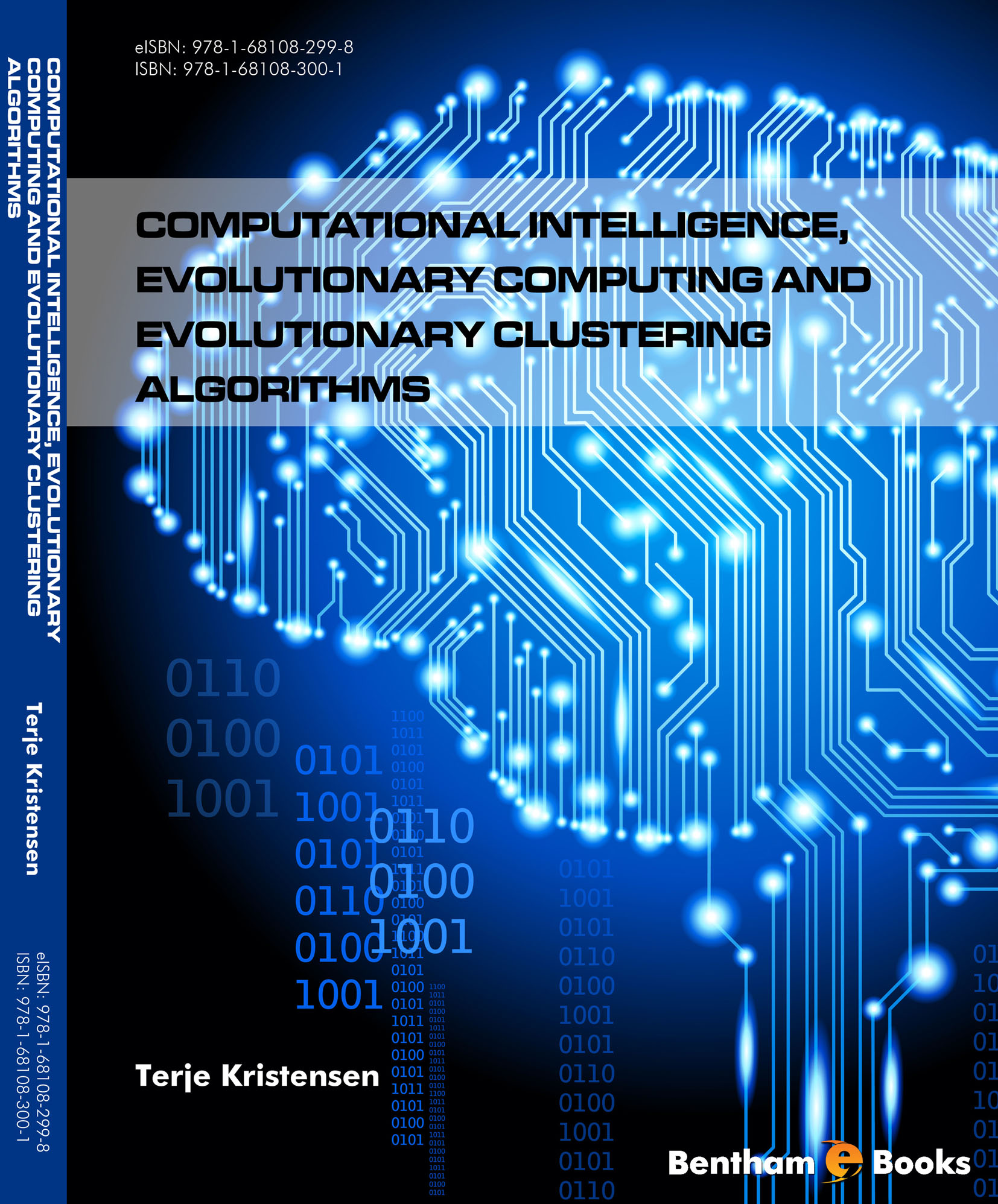Introduction
This brief text presents a general guideline for writing advanced algorithms for solving engineering and data visualization problems. The book starts with an introduction to the concept of evolutionary algorithms followed by details on clustering and evolutionary programming. Subsequent chapters present information on aspects of computer system design, implementation and data visualization. The book concludes with notes on the possible applications of evolutionary algorithms in the near future.
This book is intended as a supplementary guide for students and technical apprentices learning machine language, or participating in advanced software programming, design and engineering courses.

